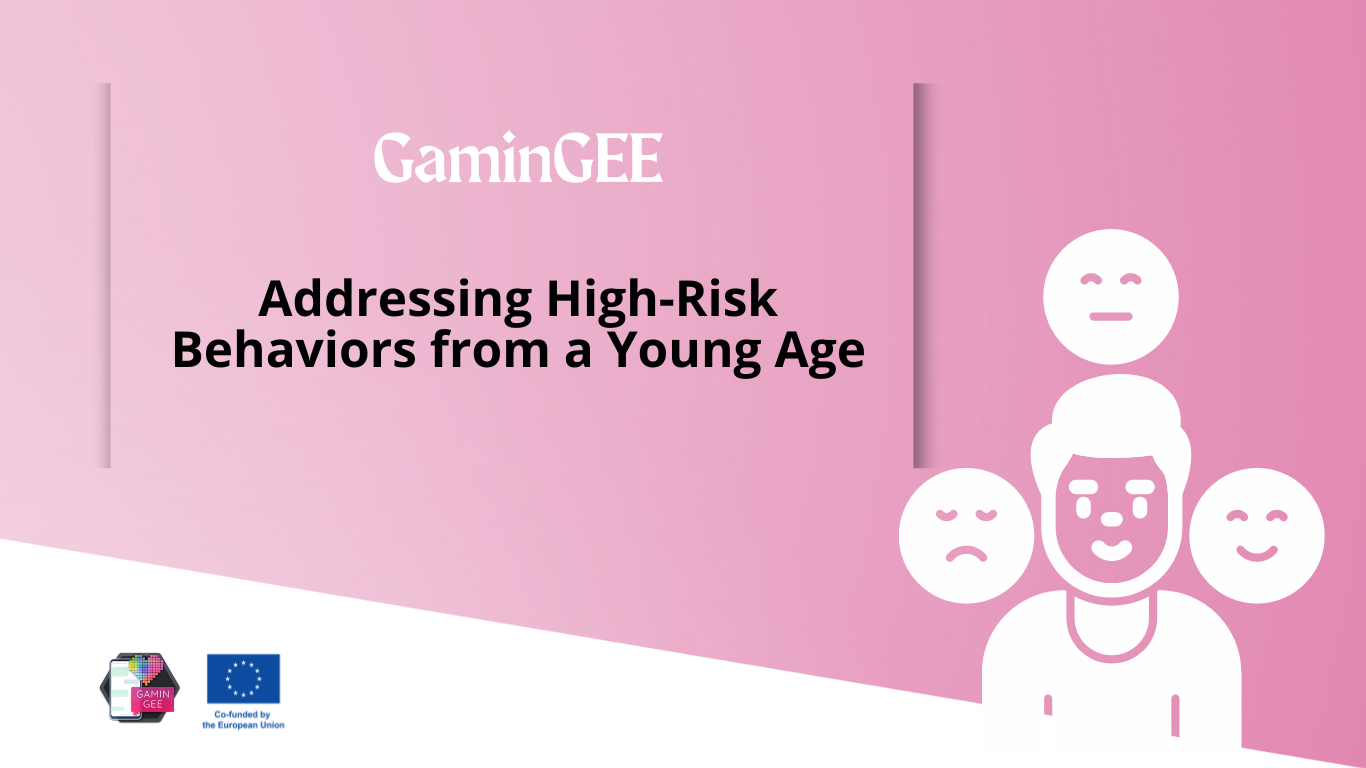
Taking risks and testing one’s abilities are a natural part of every human’s development. This behavior usually intensifies as one approaches puberty and it is significantly higher during adolescent years, a teenager being more keen to take on risks then any other age group.
According to a research paper done by the National Library of Medicine USA (1), there are healthy risk taking actions that can be taken in each of the five dimensions of optimal health:
- Physical
Participating in a team sport
Trying a new food - Emotional
Reaching out for help
Apologizing for a mistake - Social
Public speaking
Asking someone out on a date - Intellectual
Enrolling in a challenging course
Applying knowledge to a new situation - Spiritual
Experimenting with different values systems and identities
Volunteering for a good cause
But there are also unhealthy risk taking actions in each of the five dimensions of optimal health that must be addressed:
- Physical
Driving under the influence of alcohol
Engaging in sexual intercourse without protection - Emotional
Using coercion
Lying - Social
Provoking a physical fight
Bullying or cyberbullying - Intellectual
Cheating on a test
Skipping school - Spiritual
Engaging in behaviors that go against one’s ethical code
Doing something because of peer pressure rather than personal beliefs
One of the factors that determine teenagers to take such risks is peer pressure that is linked to them trying to achieve a sense of belonging to a group. It is therefore important to teach them how to cope with peer influence.
The GaminGEE platform offers more information and specific materials for teaching teens important life lessons such as self-worth, diversity, gender equality, acceptance, embracing one’s identity, sexual health, combating violent urges, communication strategies and so on. The materials provided are addressed to educators, as well as parents and are divided by categories that cover multiple faces of the issues brought into discussion. They are free and easily accessible for everyone interested in helping a youth that might find themselves in a hard situation.
In this sense, some advice that can useful for encouraging healthy risk-taking is:
- Building teenage confidence
- Building teenage self-compassion
- Keeping the lines of communication open by staying connected to child
- Suggesting ways to say no
- Giving teenagers a way out (as for example texting or calling you for back-up if they are in a risky situation)
- Encouraging a wide social network so they would have plenty of options and sources of support if a friendship goes wrong
- Talking and listening to them without judging
- Compromise with your child (allowing teens to have some independence as for example related to the way they look and dress can reduce the chance of more risky choices)
Further information about this topic and many more can be found on the GaminGEE platform by accessing https://learn.gamingee.eu/ where you will find a wide selection of free resources and learning materials that can be used inside the classroom, as well as the family home.
References:
(1) National Academies of Sciences, Engineering, and Medicine, Promoting Positive Adolescent Health Behaviors and Outcomes, https://www.ncbi.nlm.nih.gov/books/NBK554988/



Leave A Comment